PEScience has dropped a new stimulant-free and caffeine-free fat burner after Amazon unfortunately slew Shift in cold blood. Is LipoVate a worthy successor for the caffeine-free crowd?
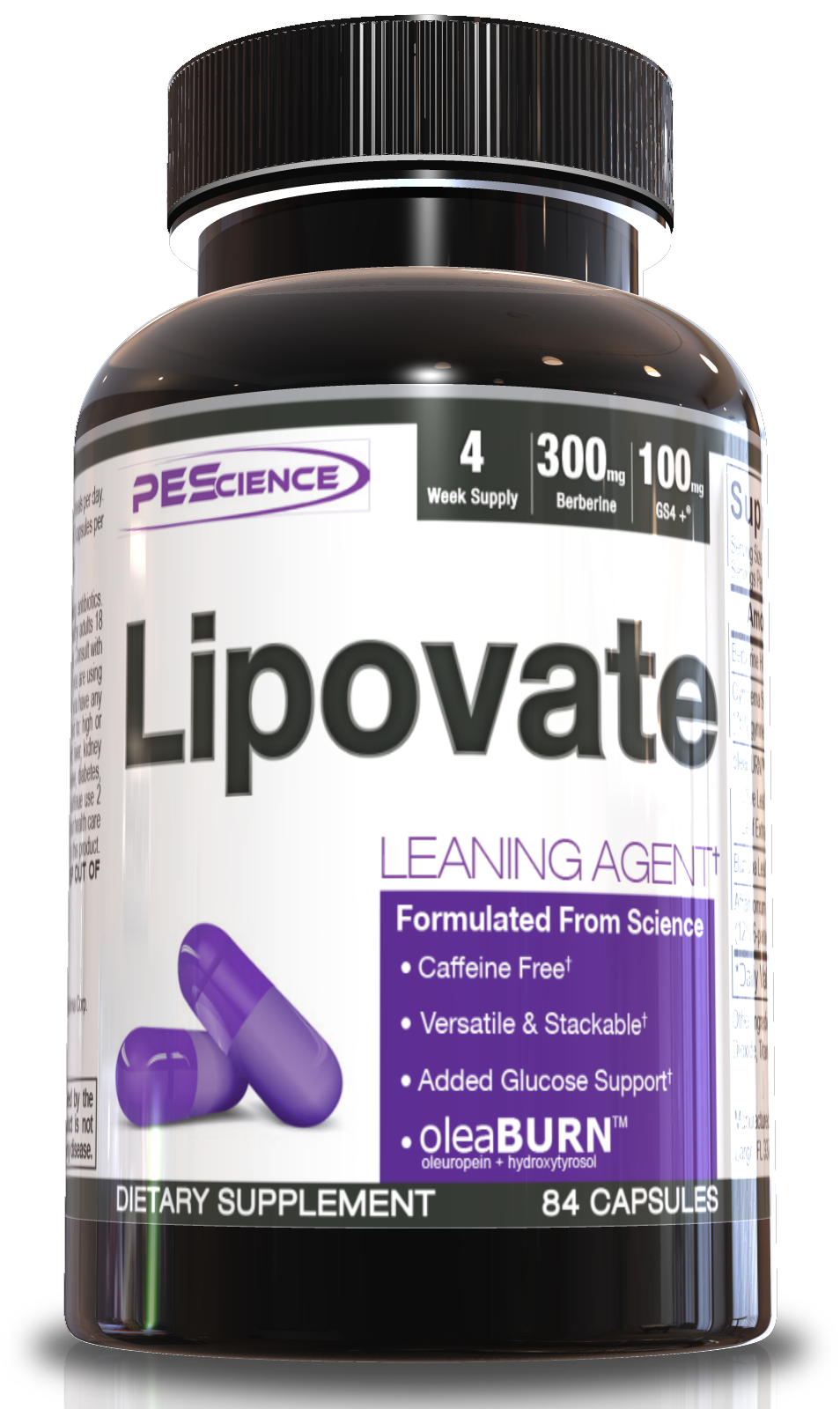
Shift is no more, but LipoVate is actually more in line with the latest research on preventing and reversing fat accumulation. Read on to see why.
The Premise on PEScience LipoVate: The Future of Fat Loss Lies in Controlling Insulin
There are several caffeine-free fat burners out there, but PEScience always keeps a very unique play in this marketspace. For quite some time, their Shift weight loss pill delivered the benefits of a potent fat burner -- without the caffeine content. However, Amazon took the axe to it due to its synephrine content (Shift was caffeine-free but not 100% stimulant-free).
While PEScience easily could have just reintroduced Shift without synephrine, they hit their fans with an entirely new stimulant-free product, and we like the direction it goes in, given everything we're learning about fat storage and how to reverse it. The new LipoVate strikes us as a combination product: a "glucose disposal agent" combined with fat loss flare.
Lipovate appears to be a product designed to maximize the most out of the calories a dieter is consuming, and focuses on pathways we believe need targeting by those of us who seem to put on fat way too easily.
We dig into the studies behind this formula below, but first, check out our PricePlow-powered coupons and sign up for our PEScience news and deal alerts as they still have a few more things on the way:
PEScience Lipovate – Deals and Price Drop Alerts
Get Price Alerts
No spam, no scams.
Disclosure: PricePlow relies on pricing from stores with which we have a business relationship. We work hard to keep pricing current, but you may find a better offer.
Posts are sponsored in part by the retailers and/or brands listed on this page.
LipoVate Ingredients
Like Shift, LipoVate is a capsule-based product. The serving size is small compared to its competition — dieters only have to take a single capsule up to three times a day.
An important note is that LipoVate is definitely a product designed to be taken with (or just before) meals. The formula provides a powerful push for healthy glucose storage and taking LipoVate between meals may have certain users feeling hypoglycemic.
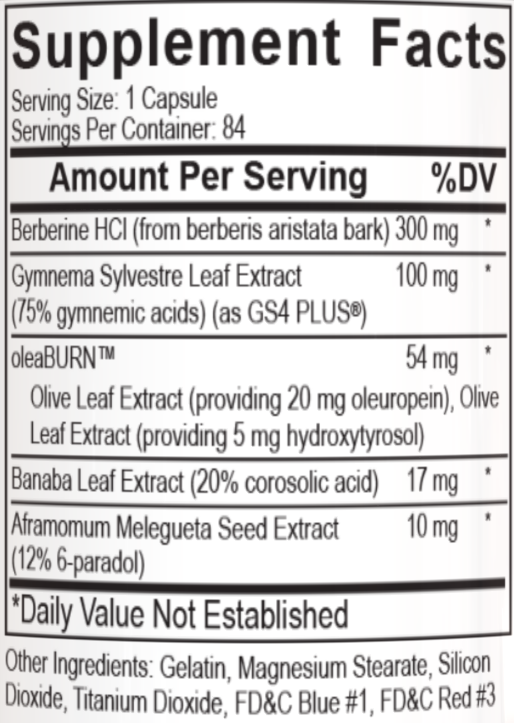
Is it a Glucose Disposal Agent or a Stim-Free Fat Burner... or is it both?! It's both -- right where we like it...
Now we've described the logistics behind LipoVate, it's time to get into the science. The following dosages are in one capsule, meant to be taken three times a day max.
-
Berberine (300mg)
Berberine is a house favorite of PricePlow and by far our favorite glucose disposal agent. Regardless of diet method, this one never leaves the arsenal for long.
After digestion of a carbohydrate dense meal, your blood becomes saturated with glucose until it is sequestered into a tissue in need of energy. The trick, outside of not producing too much glucose in the first place, is to get it into muscle tissue and not fat!
Berberine helps the body sequester glucose more efficiently and helps reduce blood sugar, which is why it is used in the treatment of insulin-dependent diabetes.[1-4] Even if a muscle cell is insulin resistant (a huge problem in overweight individuals), berberine still improves uptake. Those that turn to fat burners for diet help tend to not have the best diets in the world, so an ingredient that helps macronutrients go to the right places is worth including.
Berberine is possibly the most underrated supplement in the world. It creates a fantastic series of metabolic reactions that every carb-user should know about.
Berberine is one of few supplements that rival the potency of pharmaceuticals. If you've heard good things about metformin on a podcast and have wanted to give it a shot — berberine is a good place to start, as high doses of berberine have been shown to rival metformin's glucose sequestering abilities.[1] It is also as effective as sulfonylurea drugs, another class of diabetic medication.[1-4]
The dose included in LipoVate is worth discussing. While high doses of berberine are very effective — they may come with the nasty side effect of intestinal discomfort. PEScience went with 900mg/day to give dieters the clinically-studied benefits of berberine without any issues. Anywhere from 500mg/day to 1500mg/day is great, but ~900mg is where the best balance between cost, controlled studies, and benefits without side effects seems to be.
-
GS4+© Gymnema sylvestre Extract (75% Gymnemic Acids) (100mg)
Gymnema is another ingredient that helps the body put glucose away more efficiently. Research shows that doses as low as 200mg of gymnemic acids may help inhibit the absorption of sugar from the intestinal tract. While this won't completely inhibit the caloric impact of a meal (and you shouldn't expect it to), it may help mitigate the damage of an occasional cheat meal.[4-6] In a daily serving of LipoVate, you're getting about 225mg of gymnemic acids — which is right above the doses successfully demonstrated in the literature.
-
oleaBurn (20mg oleuropein, 5mg hydroxytyrosol from Olive Leaf Extracts) (54mg)
Olive Leaf Extract is a compound that PEScience throws into most of their fat burning products. But this one is definitely different:
oleaBurn appears to be an in-house, trademarked blend. The "blend" is actually an amalgamation of two different olive leaf extracts. The two main ingredients considered beneficial in olive leaf are oleuropein and hydroxytyrosol. We always hear about oleuropein standardizations, but not hydroxytyrosol. There's a reason for that: to extract one of these ingredients, the process discards the other. You can't get both at once using current technology.
Olive Leaf Extract brings a ton of benefits and is extremely popular for its weight loss and thyroid function benefits.
So while most brands opt for the heart-healthful oleuropein and call it a day, PEScience slapped that restriction in the face by doing the work twice - combining the two different extracts. Twice the work, but possibly twice the benefits!
Olive leaf supplementation may help reduce body fat percentage. It likely reduces body fat through inducing thermogenesis. There is research showing that olive leaf may help the body produce more thyroid hormone, so an increase in thermogenesis makes sense.
Olive leaf appears to improve insulin sensitivity by modulating the amount of GLUT4 receptors present in muscle tissue while also reducing cortisol release. Oleuropein even appears to improve testosterone profiles![7-15]
Meanwhile, hydroxytyrosol plays a significant role in cardiovascular disease (CVD) protection[7] and many important studies on the impacts of oleuropein on insulin are also confounded with its other bioactive partner,[9,11] so why not mimic the successful research and include them both?! For the record, hydroxytyrosol is a metabolite of oleuropein,[16] so you still may produce some without it, but we'd rather get the full dose of both.
Insulin and glucose responses to oral glucose tolerance tests and respective areas under the curve (AUC), following supplementation with placebo (gray) and olive leaf extract (black).[9]
This leads us to wonder why we don't talk about olive leaf more often - the mechanisms seem to sell themselves even for us! The benefits extend even beyond what we describe here, but dive into the citations to be amazed at how varied this compound is!
-
Banaba Leaf Extract (20% corosolic acid) (17mg)
Corosolic acid, derived from Banaba Leaf, is one of PEScience's favorite compounds. We can say PEScience is one of few companies that include Banaba in its products as Banaba is a bit more rare of a sight in the industry outside of formulations like this one.
Banaba, like Gymnema, is well studied in humans as a glucose disposal agent. There is data showing that Banaba may induce a 10% reduction in fasting and postprandial blood glucose levels in subjects defined as prediabetic.[17-20] While the human data is promising, the real storm may be brewing in the animal research world. Banaba leaf extract may help activate GLUT4 receptors in muscle tissue - the same receptors that insulin adds to muscle cells to help refill muscle glycogen stores.[19] While the main benefits of Banaba are "putting glucose in the right place" — it may also help prevent carbohydrate absorption and digestion.... at least in vitro.[20]
The dose here is substantial, 17mg is well above the 10mg we saw in most of the corosolic acid research. If you've never "felt" Banaba before — LipoVate is here to show you why PEScience loves Banaba so much.
-
Aframomum melegueta extract (12% 6-paradrol) (10mg)
Aframomum melegueta, better known as Grains of Paradise, is a carryover from SHIFT and the original Norcodrene formula (now discontinued). PEScience included this ingredient long before we knew how amazing it was with human studies, as the animal studies were too damn promising to ignore.
It turns out they were right, as recently released studies on Aframomum in humans show that this ingredient can increase whole body energy expenditure while reducing visceral fat.[21] Better yet, Grains of Paradise may help the body burn brown adipose tissue, which is notoriously hard for dieters to "get to" during a diet.[22]
So let us close this formula off by giving PEScience props for introducing us to one of our favorite stimulant-free fat burning ingredients... long before we even knew it was our favorite.
At this point, it's also worth noting that LipoVate is really going to do wonders during a post-workout meal, when your muscles are even more insulin sensitive. Get the carbs there for lean mass, and far, far away from your fat cells!
Stacking Advice: Want to Bring Back the Forskolin?
One thing many of us loved -- but many of us also hated -- about Shift was the forskolin extract.
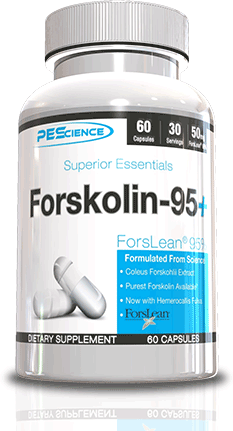
Forskolin-95+ was the first in their line of Superior Essentials products that brings high quality bulk ingredients with some bonus add-ons!
While it's a fantastic ingredient, it also causes GI distress for some. Because of that, it has not been added to LipoVate, but PEScience wisely sells an affordable solo extract that you can stack in anytime (see our PEScience Forskolin-95 page). If you can handle this ingredient (we've never had a problem personally), then this stim-free stack is the best of both worlds!
But honestly, LipoVate easily stands on its own, with or without the added mechanisms of forskolin.
Meanwhile, if you want to add some stimulants not named black coffee, Alphamine Capsules (pills) or Alphamine (powder) are the two options from PEScience. We love the Sunrise flavor of Alphamine!
Conclusion: Step Aside, Shift. LipoVate is here
We feel that LipoVate is a worthy successor to SHIFT even though it's basically an entirely new product. We always thought Shift was cool because it was caffeine-free but not stimulant-free. Turns out, most people liked it because it was caffeine-free, and there wasn't much stimulation from it anyway.
The forward-thinking members of the weight loss community are starting to understand a few things:
- It's next to impossible to burn fat if your insulin is constantly high.
- Insulin resistance is connected to nearly every metabolic issue.
- Many of us seem to be "hyperinsulinemic" and simply cannot handle carbohydrate like we used to, and this causes elevated insulin levels contributing to the above two points.
Weight Loss ≠ Fat Loss. Focus on the latter, not the former.

See our PEScience page to compare prices on all of their excellent supplements!
For those of us who see this, and believe that actual fat loss goes beyond "calories" and a 'weight' number on the scale, LipoVate is designed for us. It targets the very mechanisms that we believe are contributing to de novo lipogenesis -- ie. fat creation.
With some exercise and a diet, we can keep that fat storage at bay, and send it over the muscle instead, and LipoVate's ingredients can assist with that transition.
We'll always complain about the use of colors on the capsules, but if that's the biggest complaint on a product, you know you have a winner.
So get ready to shift into fat burning mode faster... with LipoVate!
PEScience Lipovate – Deals and Price Drop Alerts
Get Price Alerts
No spam, no scams.
Disclosure: PricePlow relies on pricing from stores with which we have a business relationship. We work hard to keep pricing current, but you may find a better offer.
Posts are sponsored in part by the retailers and/or brands listed on this page.
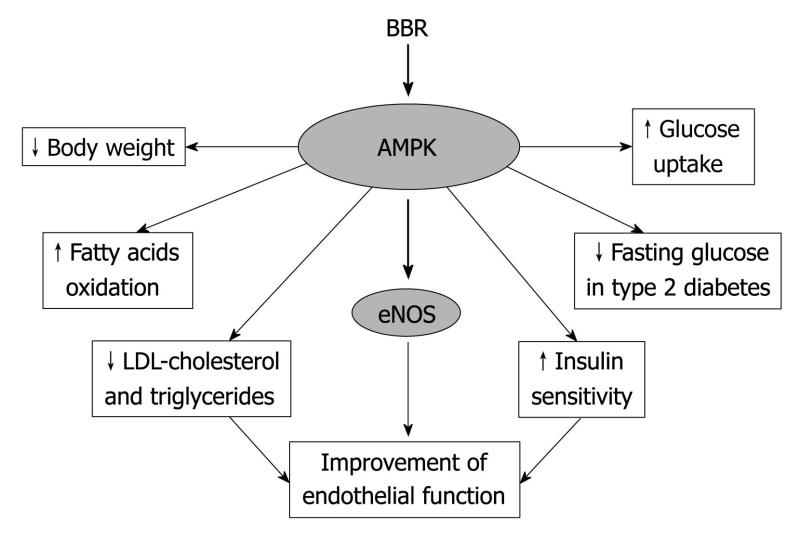
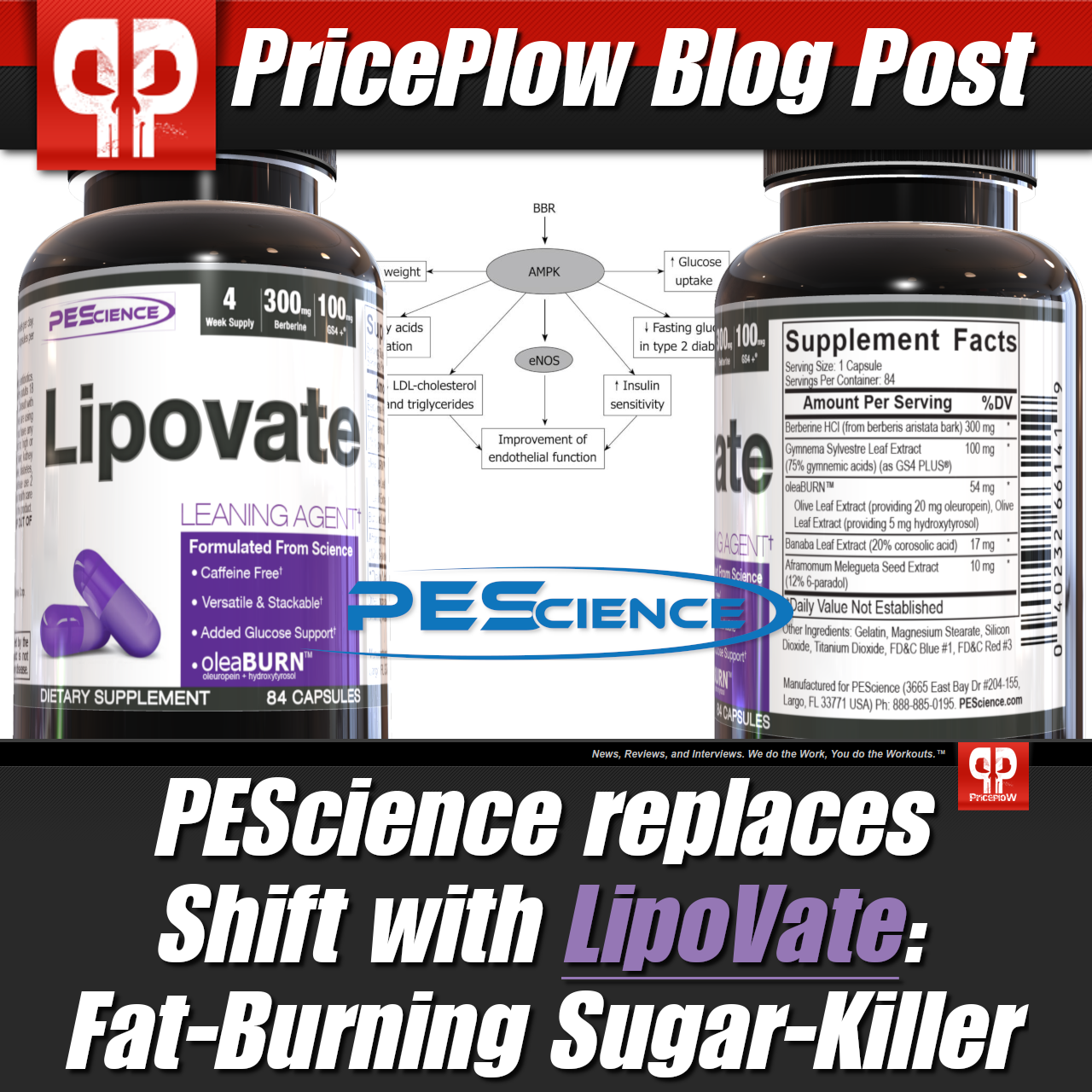

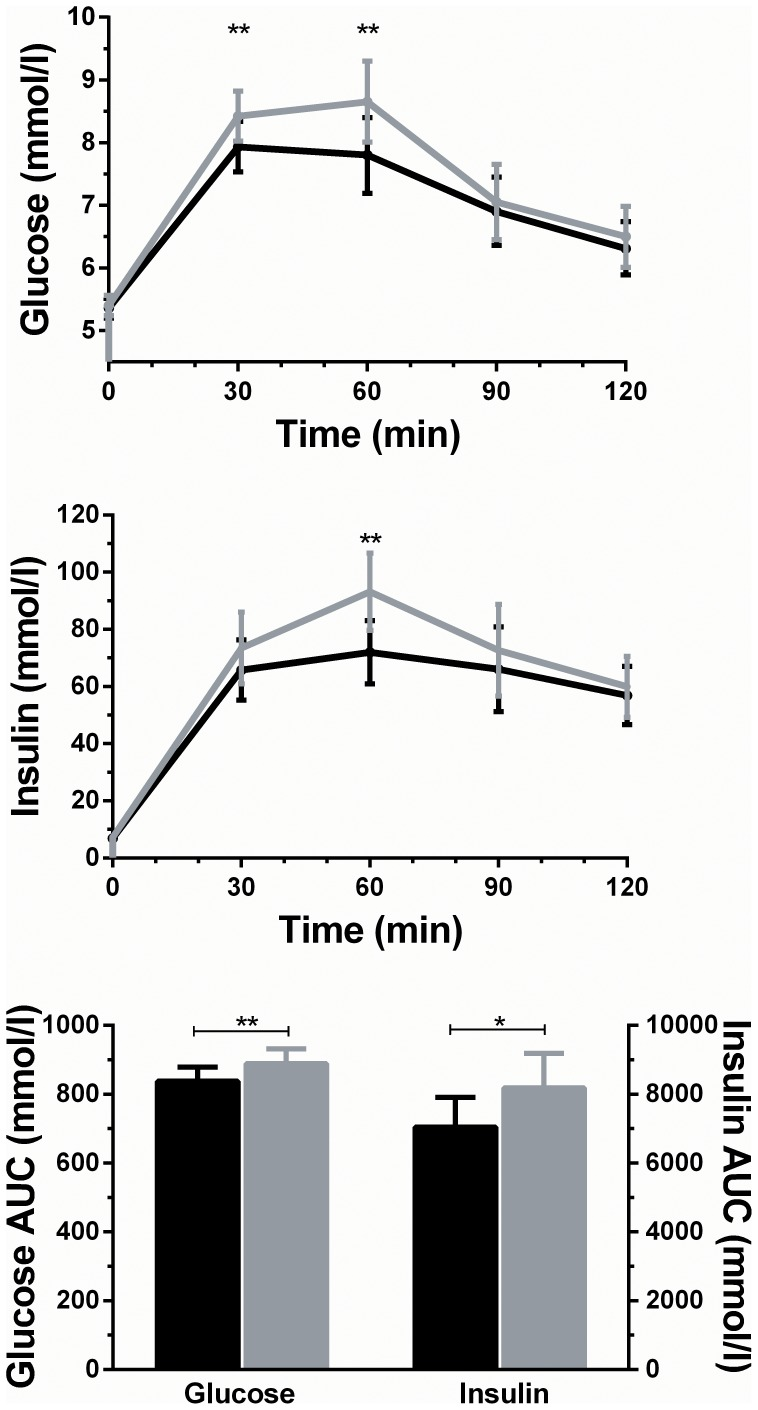
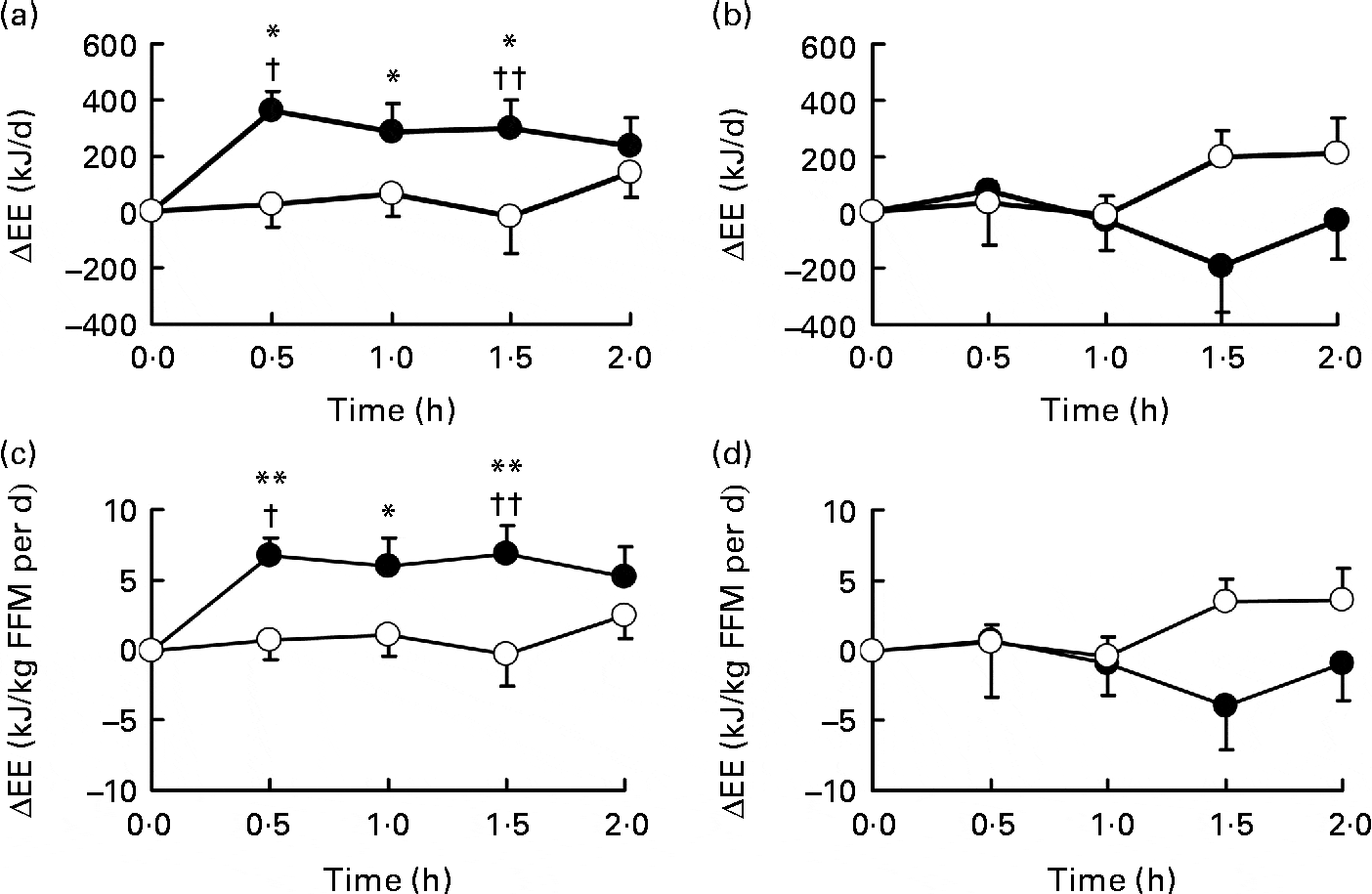


Comments and Discussion (Powered by the PricePlow Forum)